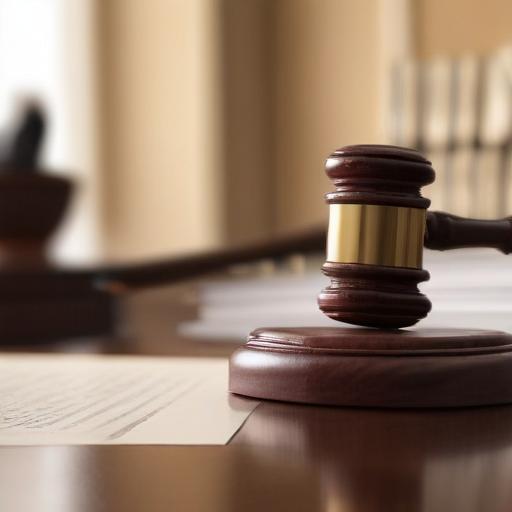Surveillance footage recently acquired from a Wisconsin courthouse has revealed interactions between a county judge and federal law enforcement officers prior to the arrest of an undocumented immigrant shortly after a hearing. Milwaukee County Circuit Court Judge Hannah Dugan is currently facing charges of obstruction in connection with this incident.
The footage, taken on April 18, shows Dugan speaking with at least six federal agents who were present for the arrest of Eduardo Flores-Ruiz, who was facing domestic abuse charges linked to a dispute with his roommates. According to a criminal complaint, the agents approached Judge Dugan in the hallway, informing her they possessed an administrative warrant for Flores-Ruiz, which typically does not require judicial approval.
The complaint alleges that Dugan, displaying what prosecutors described as an “angry demeanor,” suggested the agents consult with the chief judge about the arrest. Subsequently, Judge Dugan is believed to have directed Flores-Ruiz and his attorney through an alternative exit to circumvent the agents.
While the video footage captures Dugan’s exchanges with the agents, it does not include audio. Her defense attorney, Dean Strang, argued that the video interpretation varies based on preconceived notions about the judge’s intentions. He contended that the footage does not provide conclusive evidence of wrongdoing and supports the view that Dugan conducted herself appropriately.
Dugan has pleaded not guilty to two counts, which include obstruction and concealing Flores-Ruiz from authorities. The charges could potentially result in up to six years in prison and a fine of $350,000. As the legal proceedings move forward, her team is actively seeking to dismiss the charges based on claims of judicial immunity.
The case has ignited national discussions on the independence of the judiciary, especially in the context of past statements from the Trump administration aimed at judges involved in immigration enforcement. A group of over 150 former judges recently voiced their concern over the prosecution, arguing that it could undermine public trust in the judicial system and disrupt established precedents regarding judicial immunity.
Moreover, this incident underscores a broader debate about immigration enforcement practices and how they intersect with the judiciary, presenting a complex challenge in balancing law enforcement with judicial independence.
In a hopeful turn, the significant pushback from former judges and legal experts shows a strong defense of the judiciary’s role in American democracy, reflecting a collective commitment to upholding judicial independence and integrity.
